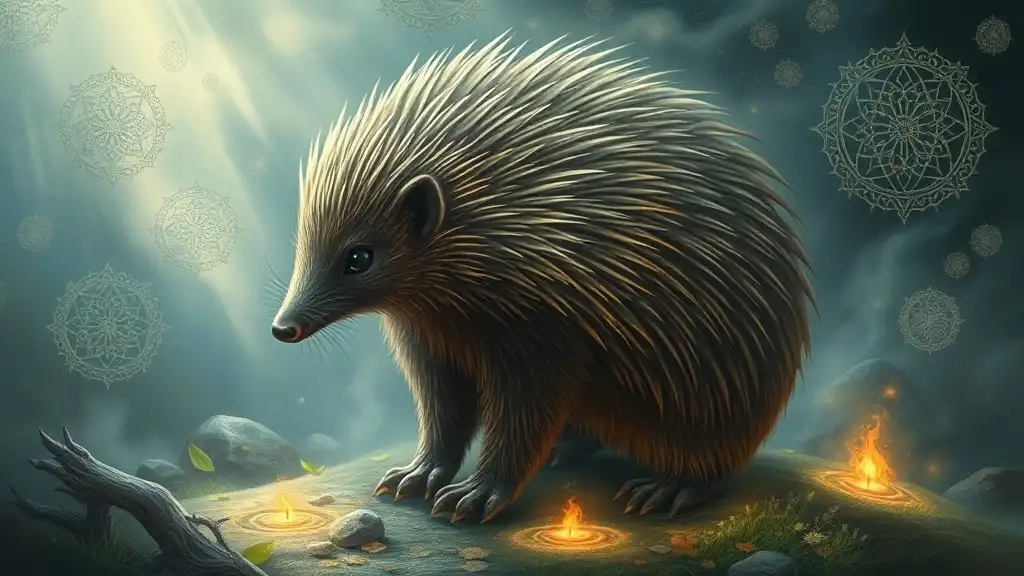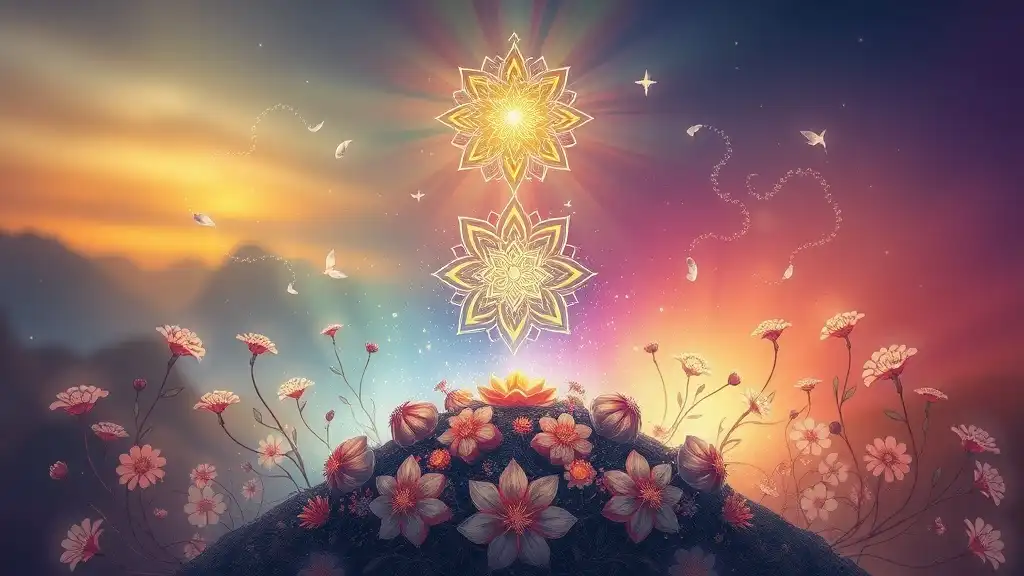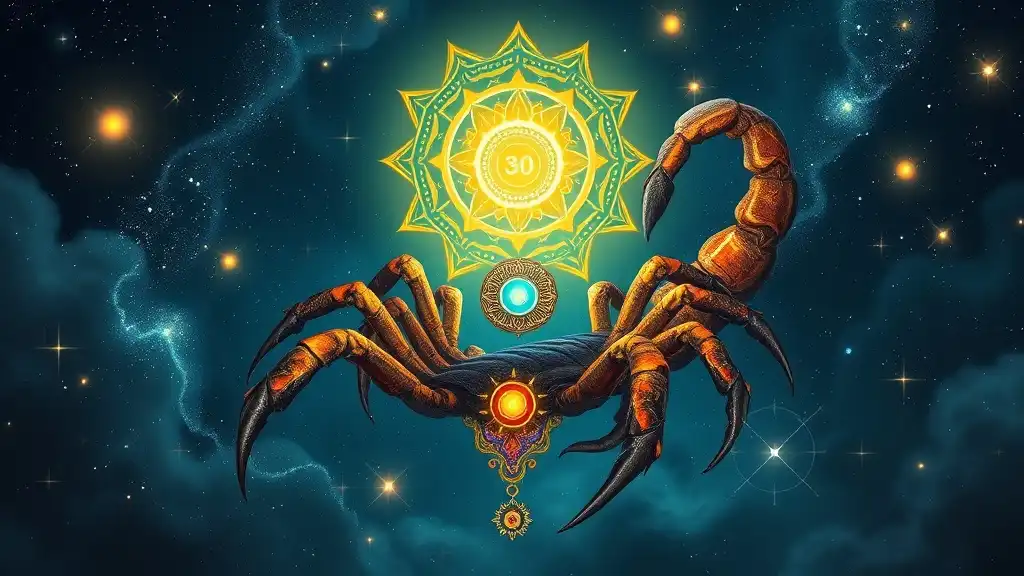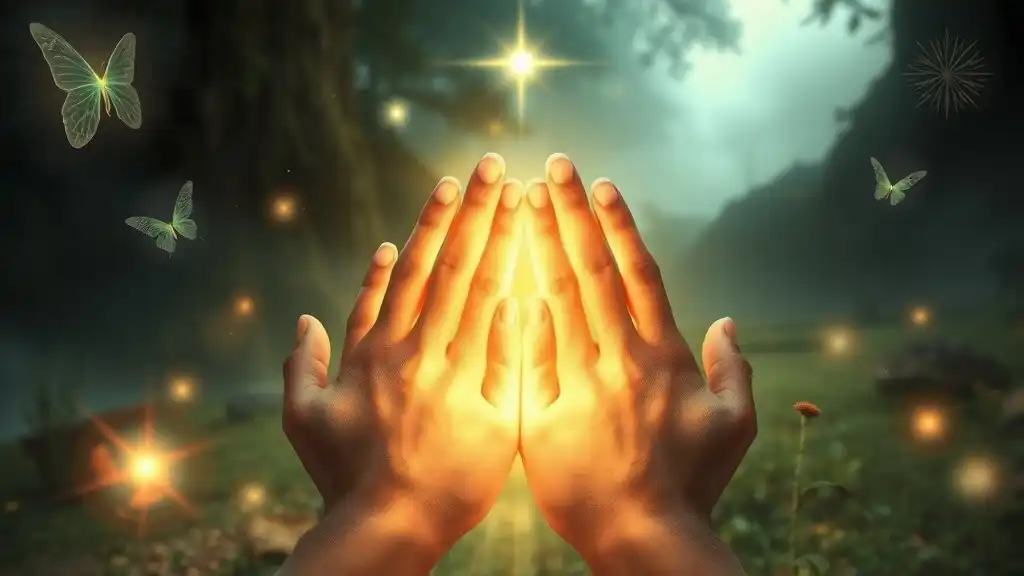Circumcision, often viewed solely through the lens of medical or cultural practices, carries profound spiritual significance across various traditions. To explore its deeper meanings can enrich our understanding of this ancient ritual, revealing how circumcision serves as a powerful symbol of faith, commitment, and transformation.
Historical Context of Circumcision
Origins in Ancient Cultures
Circumcision has a rich history, dating back thousands of years. It was practiced in numerous ancient civilizations, including Egypt and Mesopotamia, often as a rite of passage or a mark of belonging to a specific tribe or group. In these early societies, the act of circumcision held substantial meaning, symbolizing strength, endurance, and the transition from boyhood to manhood.
Circumcision in Major Religions
In religious contexts, circumcision is perhaps most famously associated with Judaism. For Jewish people, circumcision represents a covenant with God, marking the eternal bond between the divine and the chosen people. This ritual, known as Brit Milah, is performed on the eighth day of a boy’s life and signifies commitment, identity, and spiritual heritage.
In Islam, circumcision (known as Khitan) is regarded as a Sunnah, meaning it is a practice recommended by the Prophet Muhammad. Though the timing may vary, the act is seen as an important rite of passage for Muslim boys, symbolizing purity, cleanliness, and obedience to the teachings of Islam.
Christian perspectives on circumcision can be more diverse, as some denominations view it as outdated, while others acknowledge its historical significance within the faith. The New Testament references the act in debates about adherence to Mosaic law, ultimately paving the way for the understanding that faith, rather than rituals, is fundamental in Christianity.
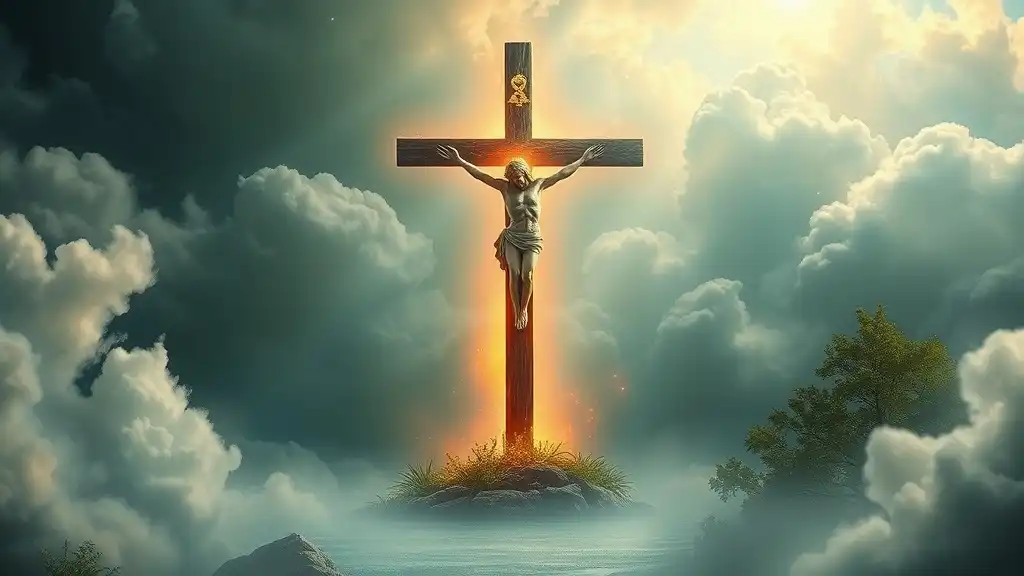
Spiritual Meaning of Circumcision
Symbolism of the Act
At its core, circumcision represents sacrifice and devotion. By undergoing this physical transformation, individuals express their willingness to surrender a part of themselves for a higher purpose. This act mirrors many spiritual journeys where sacrifice is necessary for growth, reflecting the notion that true spirituality often requires relinquishing something dear to us.
Additionally, circumcision can be viewed as a physical manifestation of spiritual purity. The removal of foreskin symbolizes shedding impurities and embracing clarity of purpose. This parallels spiritual practices across many religions that emphasize purification, serving as a reminder that the journey toward enlightenment often involves confronting and releasing aspects of ourselves that no longer serve our highest good.
Spiritual Cleansing and Renewal
The spiritual cleansing aspect of circumcision relates closely to the idea of shedding the old self. By participating in this ritual, individuals are invited to release outdated beliefs and embrace a renewed sense of self. This symbolic action encourages participants to reflect on their life paths and make conscious choices that align with their spiritual aspirations.
Furthermore, circumcision embodies the theme of emotional and spiritual rebirth. It is often seen as a rite of passage not just for boys but for the entire community, emphasizing communal renewal and connection. As the individuals make this commitment, the community witnesses their transformation, reinforcing collective spiritual bonds.

Psychological and Emotional Aspects
Connection to Identity
Understanding the spiritual significance of circumcision fosters a deeper connection to personal and communal identity. This ritual serves as a crucial marker within many cultures, shaping how individuals view themselves and their roles within their community. It often instills a profound sense of belonging that transcends generations, creating a shared experience that reinforces cultural and spiritual traditions.
The impact of circumcision extends beyond an individual’s adulthood; it can shape family dynamics and cultural narratives. By honoring the tradition, families pass down important stories, lessons, and values, embedding spiritual significance in their collective history.
Healing and Forgiveness
Interestingly, circumcision can also serve as a powerful metaphor for emotional release and healing. For some, the act represents overcoming challenges, pain, and adversity. It acts as a pivotal moment in one’s life — a point where individuals confront their own vulnerabilities, leading to a journey of forgiveness, acceptance, and personal growth.
Moreover, this ritual can bring forth discussions about difficult topics, like trauma and pain, and encourages individuals to share their experiences. Thus, circumcision transitions from being merely a physical act to a profound opportunity for spiritual and emotional healing within communities.

Modern Perspectives on Circumcision
Cultural Relevance Today
In contemporary society, views on circumcision continue to evolve. While some cultures maintain strong ties to the tradition, others question its necessity. This shift reflects broader societal changes regarding bodily autonomy, ethics, and spirituality. It calls for an examination of how traditions fit within modern beliefs and practices, allowing for personal and communal interpretations of spiritual significance.
As we navigate these changes, openness and dialogue become essential in addressing varying perspectives on circumcision. It allows for the coexistence of traditional practices alongside progressive thoughts, fostering understanding and mutual respect.
Spirituality and Ethics
Ethical considerations surrounding circumcision are crucial in our global discourse. As more individuals advocate for bodily autonomy and informed consent, it raises significant questions about the age-old practice. The challenge lies in balancing respect for traditions with the evolving understanding of personal choice and consent.
Navigating this landscape requires sensitivity and a willingness to engage in conversations about the intersection of tradition and contemporary spirituality. By fostering open dialogue, individuals can explore how rituals can be adapted over time while retaining their fundamental spiritual meanings.

Conclusion
Circumcision embodies layers of spiritual significance that extend far beyond its physical aspect. It serves as a powerful symbol of sacrifice, identity, and renewal, urging individuals and communities to reflect deeply on their spiritual journeys. By understanding these meanings, we can appreciate the ritual in a more profound light, allowing it to inspire personal growth and communal connection in today’s world. Ultimately, exploring the spiritual meanings of circumcision enhances our overall understanding of humanity, spirituality, and the transformative power of tradition.












